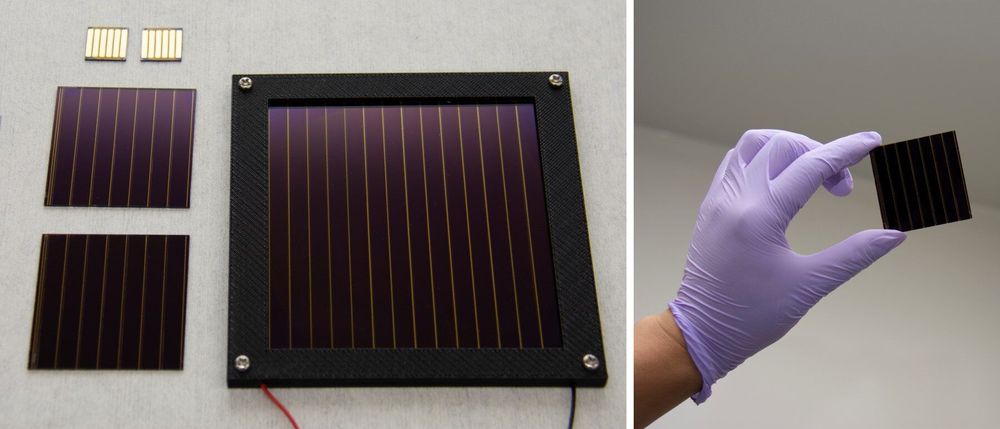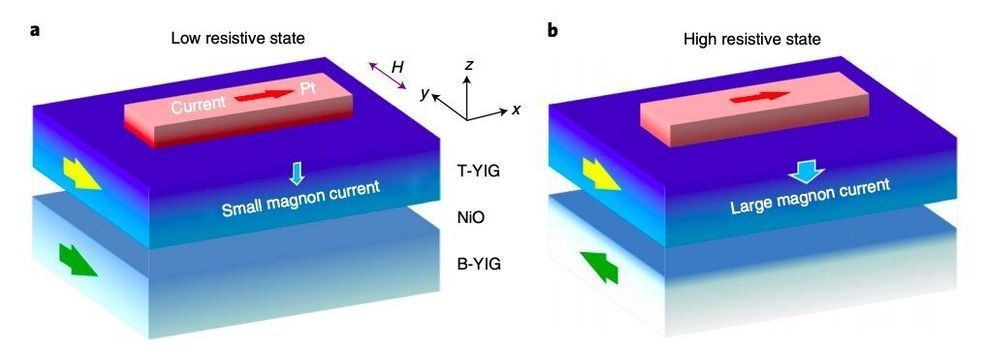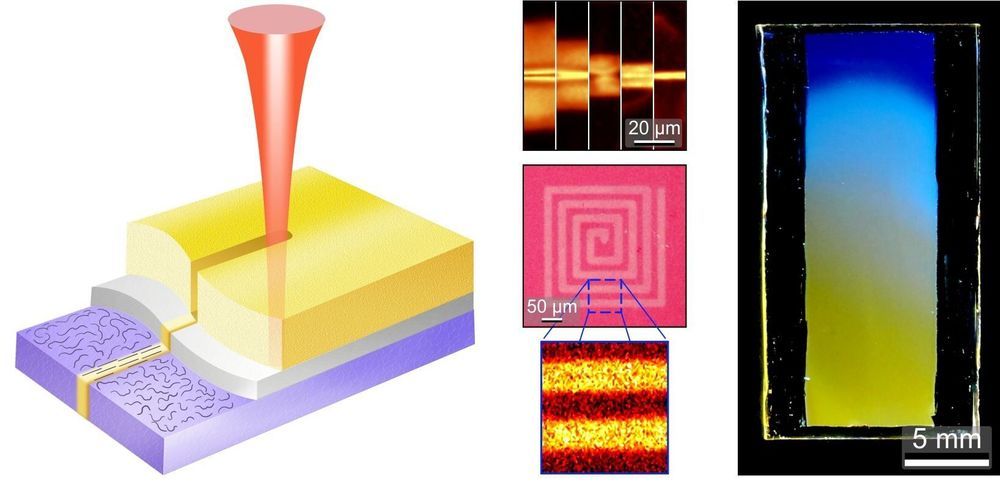Jul 20, 2020
Scientists boost stability and efficiency of next-gen solar tech
Posted by Saúl Morales Rodriguéz in category: materials
Researchers from the Okinawa Institute of Science and Technology Graduate University (OIST) have created next-generation solar modules with high efficiency and good stability. Made using perovskites, these solar modules can maintain high performance for over 2000 hours. Their findings, reported 20 July 2020 in Nature Energy, have brightened prospects of commercialization.
Perovskites have the potential to revolutionize the solar technology industry. Flexible and lightweight, they promise more versatility than the heavy and rigid silicon-based cells currently dominating the market. But scientists must overcome some major hurdles before perovskites can be commercialized.
“There are three conditions that perovskites must meet: They must be cheap to produce, highly efficient and have a long lifespan,” said Professor Yabing Qi, head of the OIST Energy Materials and Surface Sciences Unit, who led this study.


















